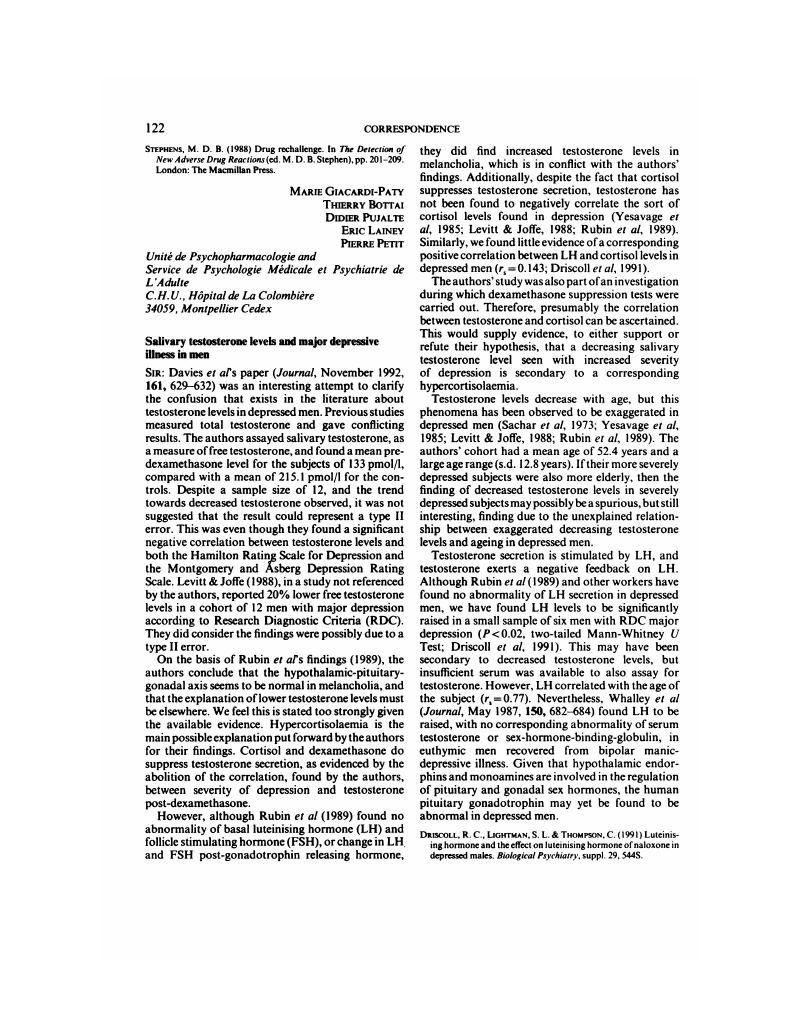Crossref Citations
This article has been cited by the following publications. This list is generated based on data provided by Crossref.
Michael, Albert
and
O'Keane, Veronica
2000.
Sexual dysfunction in depression.
Human Psychopharmacology: Clinical and Experimental,
Vol. 15,
Issue. 5,
p.
337.






eLetters
No eLetters have been published for this article.